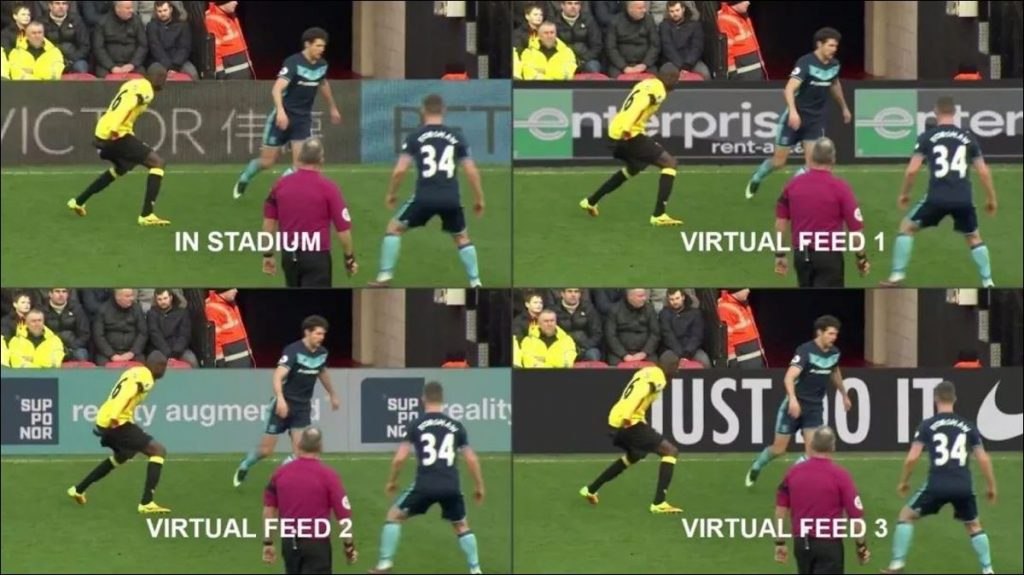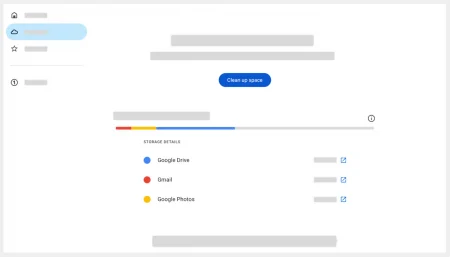Technological advancements are unlocking unprecedented opportunities in the sports sector, and by extension, the advertising industry.

Sport is an experience best enjoyed live. Nothing beats the atmosphere of being in the stadium when an epic victory is registered, or a longstanding record is broken. But unparalleled technological advancements have slowly been bridging the gap between in-stadium viewing and watching on a screen.
The positive impact of Covid-19
Improvements in hardware and software, subscription channels, OTT, pay-per-view, faster internet connectivity, better broadband, and the evolution of mobile phones meant that with each passing sporting season, the on-screen viewing experience was seeing exponential improvements. While all this was happening in the background, the Covid-19 pandemic hastened the process.
Because of the virus and the ensuing lockdowns, technological advancements leapfrogged by 7-10 years. It was not that technology did not exist, or advancement was not around the corner; but thanks to the pandemic, most of the audience adopted the technology faster. With restrictions on crowds at sporting events, it became imperative that the broadcasting and streaming experience improved as much as possible.
And advertisers have been quick to jump on the bandwagon, riding the wave by increasing their marketing spends and reaching new segments of audiences. For instance, 64% of sponsorships for top NBA teams used to come from traditional channels as recently as 2018. Digital marketing and social media only contributed to 34% of sponsorships. But according to the Nielsen Sport 2021 Global Sports Marketing Trends, that ratio has changed to 50:50 by 2020 and it is only set to rise in favour of digital sponsorships.
Live streaming has made sports consumption easier. And since most sports fans prefer watching the game live, it’s a constant source of audience, thus making it a guaranteed stream of revenue for advertisers.
For instance, thanks to the F1 Netflix documentary Drive to Survive, the 2020 F1 season saw a 20% growth in viewership which resulted in 73 million new fans. And the best part for marketers is that 77% of this newly acquired audience falls in the 16-35 age group.
VRPT: Virtual Replacement Perimeter Technology
And while all this spells more money as far as advertisers are concerned, it is the possibility of targeted advertising that really hits it out of the park for them. Thanks to the breakthrough called Virtual Replacement Perimeter Technology, virtual ads can be filtered by audience. Or in simpler words, the same match can be telecast in multiple countries, with each country’s audience seeing virtual ads pertaining to them.
How VRPT works
VRPT employs a camera that is placed on a virtual head which reads the positioning and alignment data. The camera’s lens is calibrated with its body and sensor along with the software. The virtual software can be adjusted for any variance for offset off zero when the camera was mounted. Imagine a virtual 3D box that tells the computer where to put everything relative to the camera.
Data is fed from the camera to the computer that is running the virtual software. After the calibration, the virtual operator loads in the graphics that they have been given according to the required specifications. Various keys are then used to mask out what they want or don’t want the virtual graphics to appear on.
Apart from virtual billboards, VRPT is the same technology that is used to create stat overlays in football, distance lines in Olympics, on-ground logos in cricket, and sometimes whole studio backgrounds during post-match analysis.
The technology first debuted in 2018 and has since evolved to avoid glitches and reach more audiences. The English Football Association’s former senior broadcast manager is all praise for the technology: “The potential for Virtual Replacement Technology is substantial. Perimeter LED displays have become a fundamental platform for activating brand partnerships in sport, so the ability to change that message to make it relevant for different fans around the world is hugely appealing for us and our partners.”
Localize Ads
This technology’s biggest impact is that it allows streaming channels and broadcasters to ‘localize’ ads. As much as Indian audiences loves watching the English Premier League, the ads on the billboards featuring English brands wouldn’t have always appealed to or be targeted towards international viewers.
But with VRPT, brands can speak to their target market in their native language and align their message with their regional brand strategies. With multiple personalized messages in regional dialects, it also offers the channels and clubs the opportunity to exponentially increase revenue.
It is already paying rich dividends. According to another Nielsen study, the 18 Bundesliga clubs in Germany increased their collective revenue by 7%, or $69.7 million dollars by selling targeted advertising to fans in five international regions. This was as early as 2018, in the four years since then, these numbers will only have skyrocketed.
With the viewership always on the rise and the technology getting better with each year, the marketing revenue is only going to get bigger. We wonder what’s next in the future of sports advertising!
In case you missed:
- Apple Intelligence to increase Global Reach with Multilingual Support
- Active Listening Feature on Phones raises Privacy Concerns
- The Future of Online Marketing: Adobe introduces AI Agents
- Reddit launches AI-Powered ‘Answers’ Feature in India
- 13 Ways to Speed Up your Wi-Fi Connection
- Talk to ChatGPT with new AI Glasses
- Samsung’s Galaxy S25 Phone Might Shape the iPhone 17 Air
- iPhone 16: Price, Release Date, Specs & More
- Heavenly Bytes: Is AI the new Medium to God?
- How India broke its Paralympics Medal Tally by using Assistive Tech










